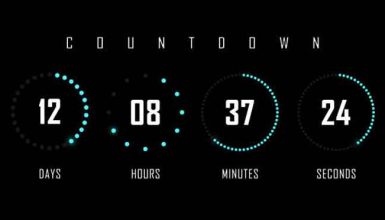Product reviews play a crucial role in the modern consumer landscape. They help potential buyers make informed decisions, build trust between consumers and brands, and provide valuable feedback for businesses to improve their products and services. Writing effective and comprehensive product descriptions review requires careful consideration of various factors. Here’s a comprehensive guide to help you create impactful product reviews:
1. Get Feedback from Customers
Feedback from customers helps your business understand what works and doesn’t work. It provides insights that guide you as you design, develop and launch products.

Feedback can be found in many places, including reviews, social media, email, and conversations with your customer-facing teams. Praise can be found in online and offline reviews, testimonials, and other positive feedback.
Encourage customers to leave feedback by offering a reward. Many people are motivated to fill out a survey when they know they have the opportunity to win a prize. Consider giving away a small gift card when a customer fills out a feedback form. This will keep your customers interested in providing feedback in the future. You can also encourage feedback by displaying it as part of the checkout process.
2. Ask for Reviews
Learning how to ask for reviews is a crucial part of running a business. Reviews act as social proof that help potential customers understand whether or not your products and services are right for them.
The best time to ask for reviews is shortly after a purchase, when customers are most invested in your product. You can also ask for reviews in a personalized email, or in other emails with specific intent, like newsletters or shipping updates.
You can also encourage reviews by displaying review prompts on your website, or placing call-to-action buttons that link directly to various review platforms. Whatever way you choose to ask for reviews, keep in mind the following tips and templates to maximize your success:
3. Encourage Feedback
Your customers want to know that their time and effort writing a review will be appreciated. They also want to know that you are actively engaged with reviews and incorporating the feedback into your business.
You can encourage feedback by implementing call-to-actions in multiple places and making the process hassle-free. For example, you can ask for a review at the end of a service interaction or after a certain milestone in the customer journey.
Additionally, you can use a template to help guide the process and provide structure for the reviewers. Providing this guidance can reduce the amount of work required for the customer and increase the likelihood of them taking action. Similarly, you can promote your feedback requests with a link or QR code on your website and social media channels.
4. Respond to Reviews
Responding to reviews, whether positive or negative, is a great way to build customer loyalty. However, you must remember that your responses can be viewed by anyone who reads them, so it is crucial to remain professional and courteous.
If the review is positive, start by thanking them for their feedback and letting them know how much you appreciate their business. Also, make sure to address them by name if you can. This will show that you are responding to them individually, and not using a generic template.
If the review is negative, apologize for any issues that may have occurred and provide a solution where possible. This will help you maintain a positive reputation and defuse situations before they escalate. Offering an alternative product or service may also help win customers back.
5. Respond to Negative Reviews
No business wants to receive a negative review, but they can happen. It’s important to make sure you’re prepared for when they do and that you know how to respond to them in a way that will keep customers loyal.
Your response to a negative review should always include an apology and an offer to take the conversation offline. This will demonstrate that you’re listening and that you care about your customers.
Conclusion:
Negative reviews can also be helpful in identifying areas of improvement for your products or services. For example, if several reviews mention problems with your shipping process or a product flaw, you can use that information to improve your processes and ensure future satisfaction. This will benefit all of your shoppers. It can also boost customer trust and credibility.


